The most advanced Extracorporeal Shock Wave Therapy (ESWT) device for pain relief, tissue regeneration, and rehabilitation.
BioBioPulseWave Pro-50M is a next-generation Electromagnetic Extracorporeal Shock Wave Therapy (ESWT) device designed for precision, power, and long-lasting performance in regenerative medicine and pain management.
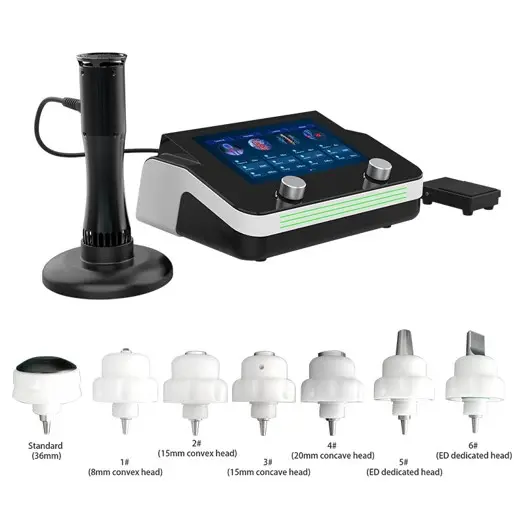
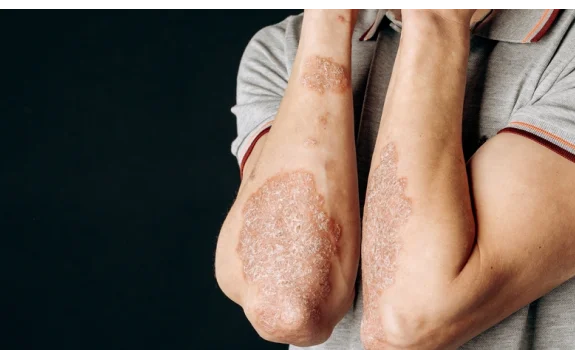
12 treatment areas with pre-configured protocols for easy use.
Portable, modern, and ultra-lightweight (only 3KG).
Super long handle lifespan of 10 million shots (4x longer than competitors).
Adjustable power up to 6 bars / 210mJ for deeper penetration.
Adjustable frequency up to 16 Hz for targeted therapy.
12 preset protocols tailored for specific conditions.
Large 10.1” color touchscreen for intuitive control.
Ergonomic, user-friendly design for maximum comfort.
Key Mechanisms of Action:
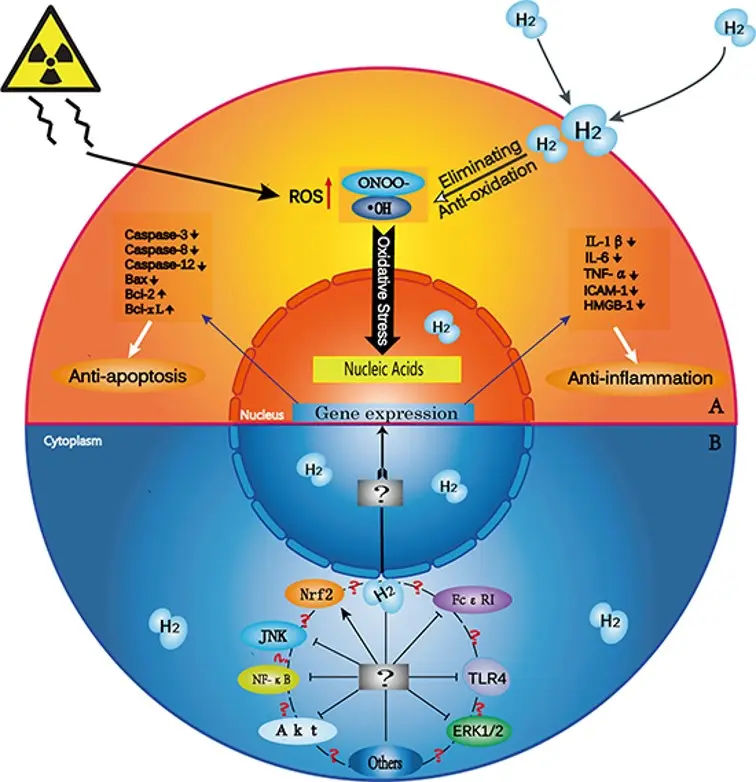
BioPulseWave (ESWT) is backed by peer-reviewed research for numerous health challenges.
BioPulseWave vs. Standard Shock Wave Therapy Devices
The Most Advanced Shock Wave Therapy for Clinics & Home Use

BioPulseWave (ESWT) therapy has been extensively studied for its therapeutic effects across a multitude of health conditions. Below is a curated selection of research articles supporting its efficacy:
At 6 weeks post-treatment, there was a clinically and statistically significant increase in SHIM scores with both modalities (Figure 1). The mean SHIM of patients treated by rWT improved from 9.3 to 16.1 (SD 5.9) (P<0.0001). Similarly, the mean SHIM of patients treated by fSWT improved from 9.3 to 15.5 (SD 5.7) (P<0.001).
BioPulseWave therapy significantly reduced the pain that accompanies tendinopathies and improves functionality and quality of life. It might be first choice because of its effectiveness and safety.
Compared with patients who received other therapies for chronic plantar fasciitis, patients treated with ESWT responded better, had less complications and showed a clear difference in efficacy between ESWT and other therapy in chronic plantar fasciitis.
Ninety-one percent (14 patients) were satisfied or very satisfied (23 patients) with treatment. Eighty-seven percent (20 patients) stated that extracorporeal BioPulseWave therapy improved their condition, 13% (3 patients) said it did not affect the condition, and none stated that it made them worse. Eighty-seven percent (20 patients) stated they would have the procedure again if given the choice. Four months after extracorporeal BioPulseWave therapy, the mean visual analog score for morning pain decreased from 7.0 to 2.3, and activity pain decreased from 8.1 to 3.1.
Based on the existing clinical evidence, extracorporeal shock wave therapy can effectively relieve the pain and functional impairment (loss of grip strength) caused by tennis elbow, with better overall safety than several other methods.
ESWT appears to be of benefit in the long term improvement of pain at rest, on activity and functional outcome in patients with refractory AT.
Extracorporeal BioPulseWave therapy proved to be efficient and safe in the treatment of shoulder pathologies, improving pain, range of motion and functional scores in all groups of patients evaluated in the study.
Treatment of musculoskeletal conditions in athletes with extracorporeal BioPulseWave therapy (ESWT) is gaining popularity as greater evidence supports its use. ESWT protocols (describing energy flux density, number of impulses, type of BioPulseWave (focused or radial), number/frequency/duration of treatment session, area of application, and postprocedural therapy protocols) can be adjusted in the clinical setting. Protocols vary across studies, and optimal protocols for most indications are yet to be determined. ESWT can safely be used to treat various musculoskeletal conditions in athletes, including rotator cuff tendinopathy, lateral elbow epicondlyopathy, greater trochanteric pain syndrome, hamstring tendinopathy, patellar tendinopathy, Achilles tendinopathy, other tendinopathies, plantar fasciopathy, bone stress injuries, and medial tibial stress syndrome. ESWT can be used to treat in-season athletes, as it often requires no/minimal time away from sport and may result in rapid benefits. ESWT should be used in conjunction with physical therapy to facilitate longer-term gains in function and to optimize healing.
BioPulseWave therapy had significant improvement in both pain reduction and functional improvement compared with placebo, corticosteroid, hyaluronic acid, medication, and ultrasound (P < 0.05). In functional improvement, BioPulseWave therapy showed statistical improvement compared with kinesiotherapy and moxibustion (P < 0.05) but not with acupotomy surgery (P = 0.24). A significant difference between BioPulseWave therapy and platelet-rich plasma was observed in pain reduction (P < 0.05) but not in functional improvement (P = 0.89).
SWT is a relatively new non-invasive therapeutic modality with proved effectiveness, convenience, and safety. Moreover, in some musculoskeletal disorders, SWT has the potential of replacing surgery with at least the same results, but without its complications.
After 12 wk, mean VAS score, mean IIEF-5 score, and mean QoL score ameliorated significantly in patients receiving ESWT.Mean plaque size and mean curvature degree were unchanged in the ESWT group, while a slight increase was reported in the placebo group ( p-value not significant vs baseline). After 24 wk, mean IIEF-5 score and mean QoL score were stable in the ESWT group, while mean VAS score was significantly lower when compared with baseline in both groups.
Interestingly, after 24 wk, mean plaque size and mean curvature degree were significantly higher in the placebo group when compared with both baseline and ESWT values. The main limitations were that the QoL questionnaire was not validated, ED was not etiologically characterized, and inclusion criteria were restricted.
Conclusions: In patients with PD, ESWT leads to pain resolution and ameliorates both EF and QoL.
The use of ESWT in CLBP patients results in significant and quantifiable reductions in pain and disability in the short term. However, further well-conducted RCTs are necessary for building high-quality evidence and promoting the application of ESWT in clinical practice.
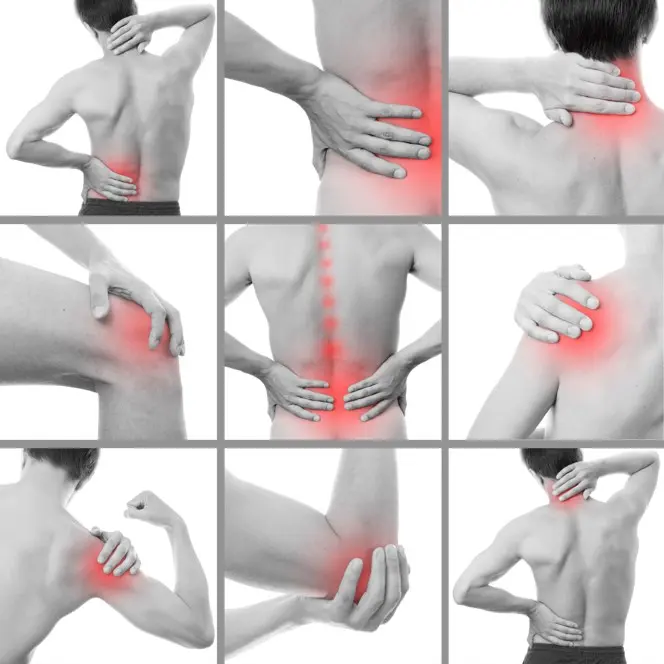
Why It Matters: Longer lifespan, greater adjustability, and superior efficiency means
better patient outcomes and lower long-term costs.
Extracorporeal Shockwave Therapy (ESWT) is a non-invasive treatment that uses acoustic pressure waves to stimulate healing, break down scar tissue, and improve circulation in injured or painful areas. It is commonly used for musculoskeletal conditions, pain relief, and tissue regeneration.
BioPulseWave delivers focused shockwaves that penetrate deep into tissues, triggering a biological response that:
BioPulseWave is used for a variety of conditions, including:
Yes! BioPulseWave ESWT is non-invasive, FDA-cleared, and backed by clinical studies. It has minimal side effects and does not require surgery, anesthesia, or downtime.
BioPulseWave allows precise control over pressure (intensity) and frequency (speed) to customize treatment for different conditions:
Most patients experience a pulsing or tapping sensation, but discomfort is minimal. The intensity can be adjusted to suit individual pain tolerance. Some soreness post-treatment is normal but subsides quickly.
Yes! ESWT is supported by thousands of clinical studies, showing benefits for:
Yes! BioPulseWave ESWT improves blood flow, vascular regeneration, and nerve function in men with:
BioPulseWave is designed for clinical and professional use but is easy to operate for personal use with pre-configured settings.
ESWT is not recommended for individuals who:
Results are often long-term, especially for musculoskeletal and regenerative treatments. Maintenance sessions may be required for chronic conditions or aesthetic treatments.
You can purchase BioPulseWave directly from our website or through authorized partners. Financing options are available.
See Plans & Pricing
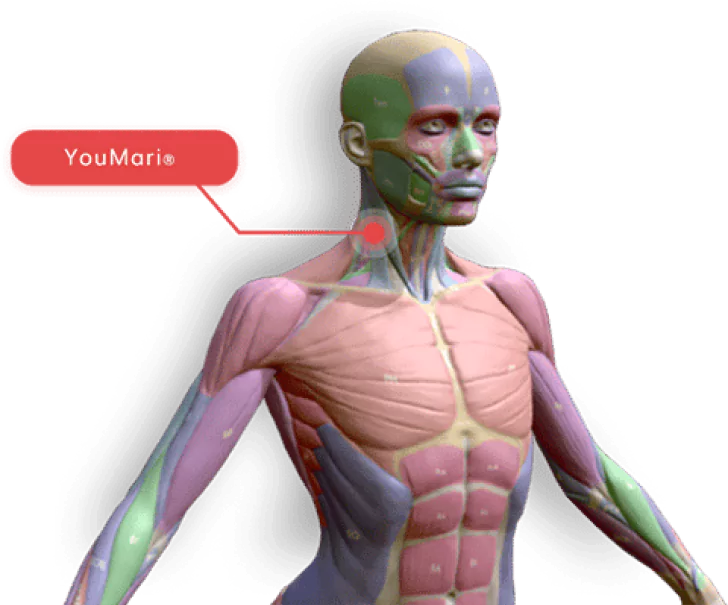
Connect with us over our social platforms & find special deals for you!
© Copyright 2025. All rights reserved.